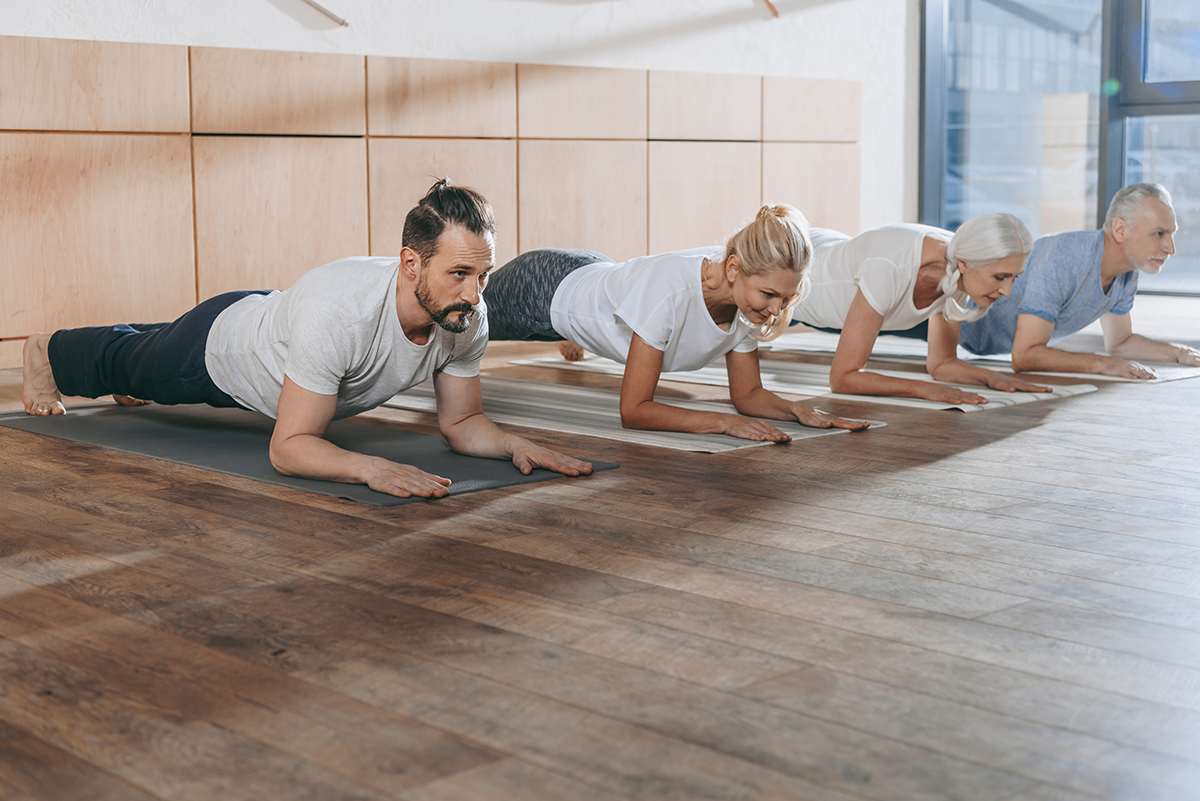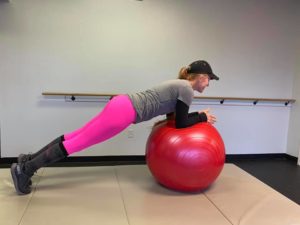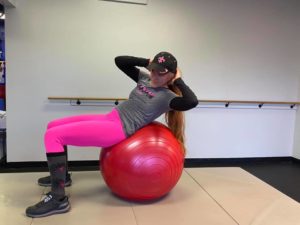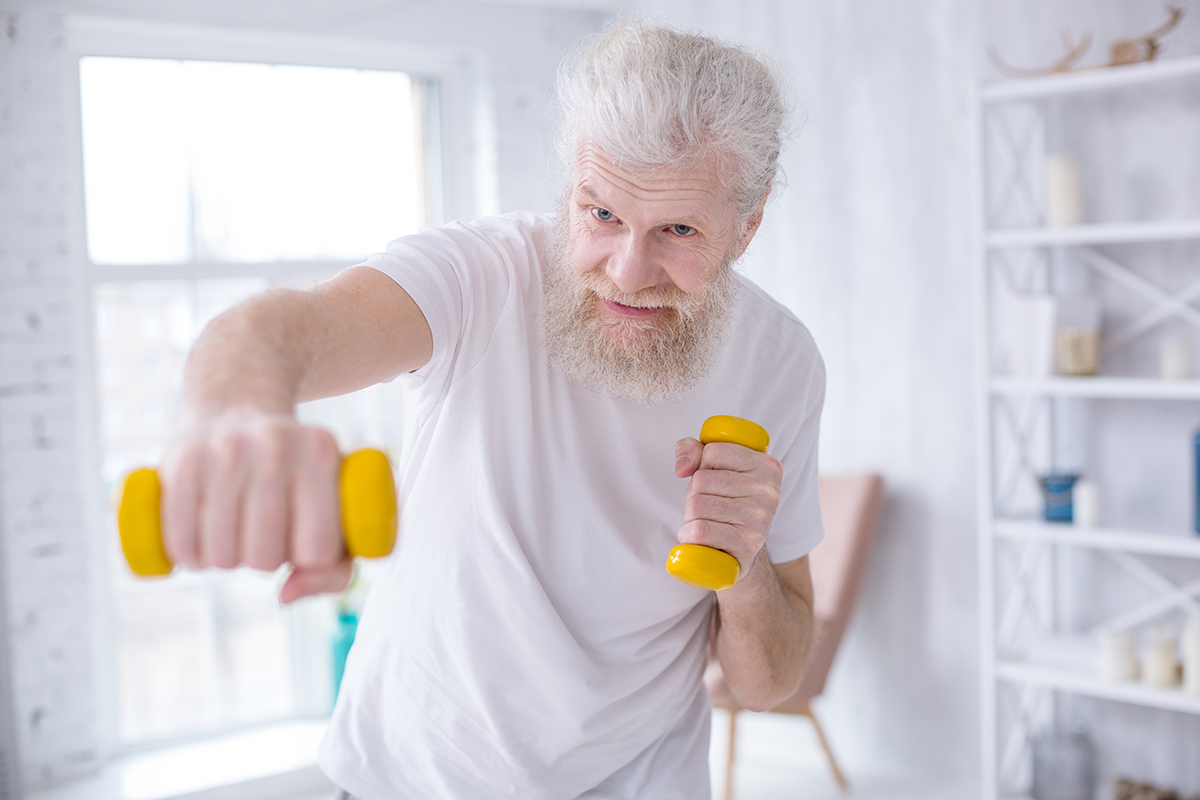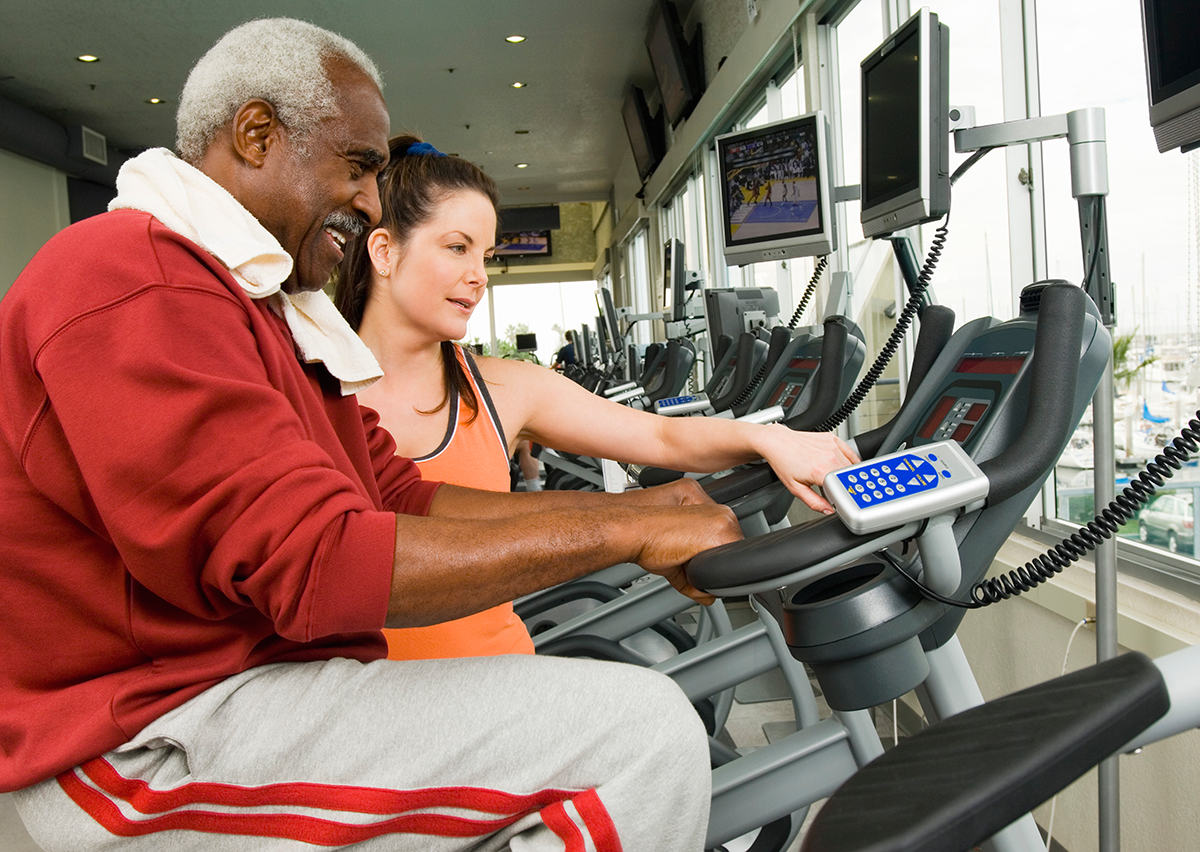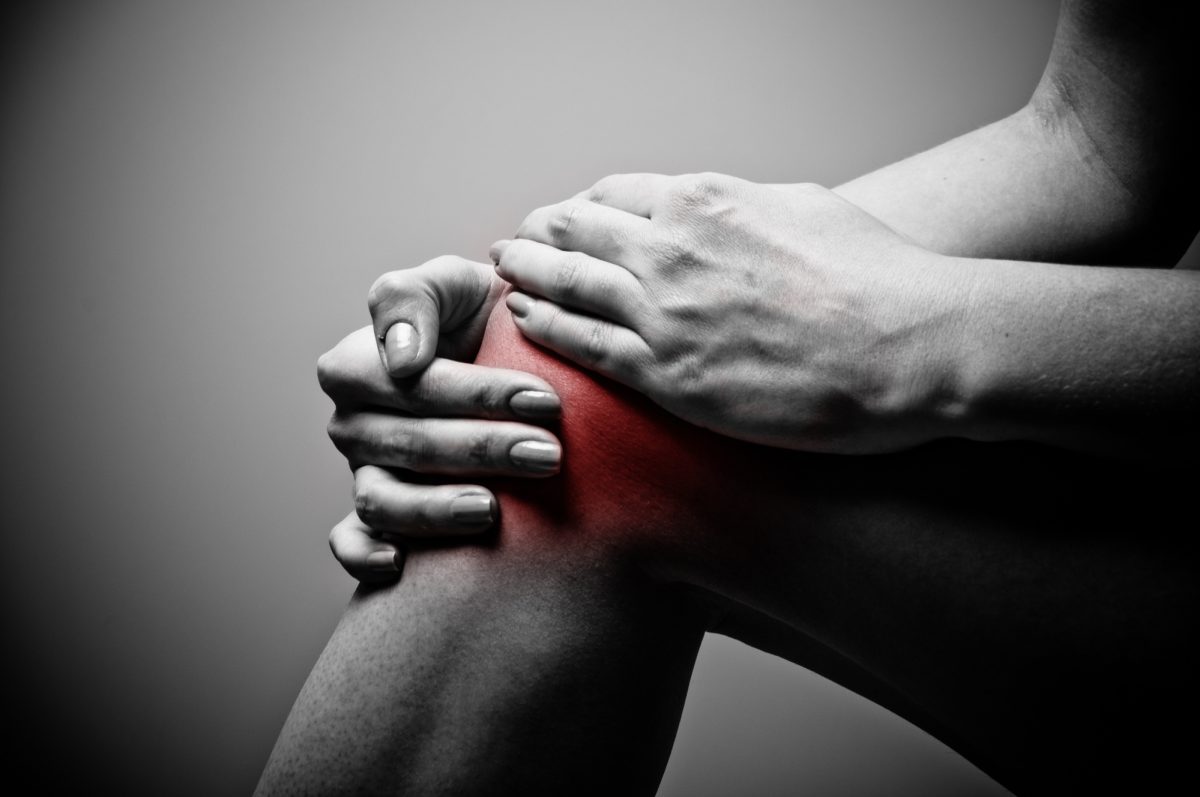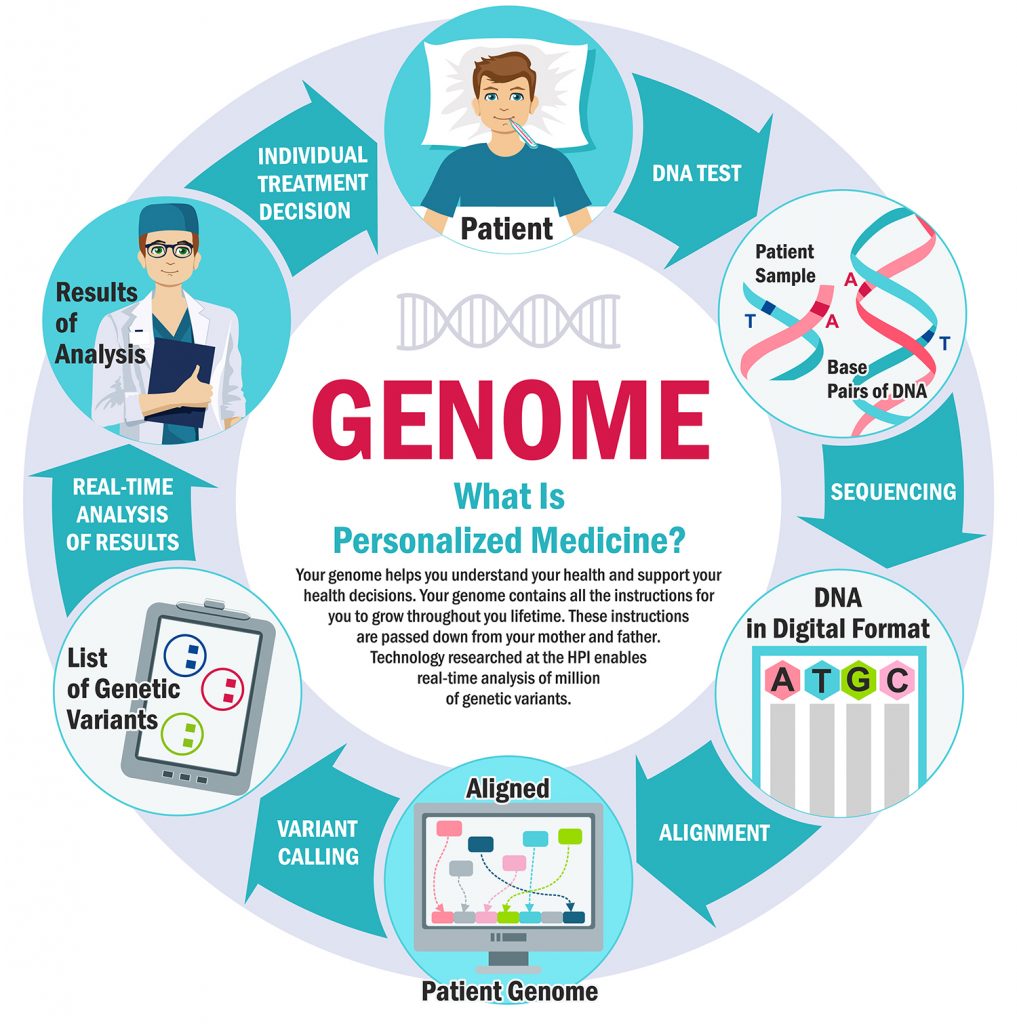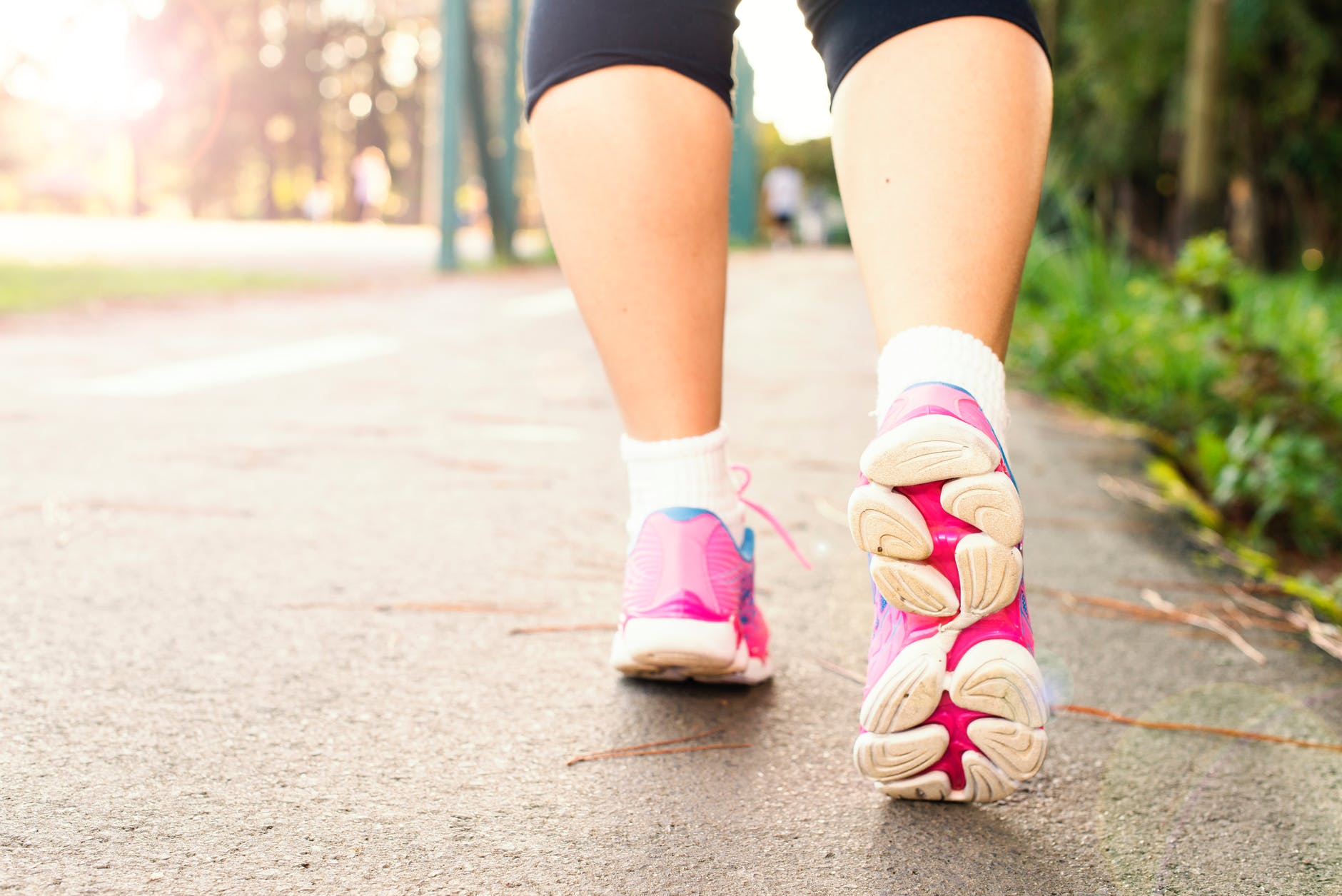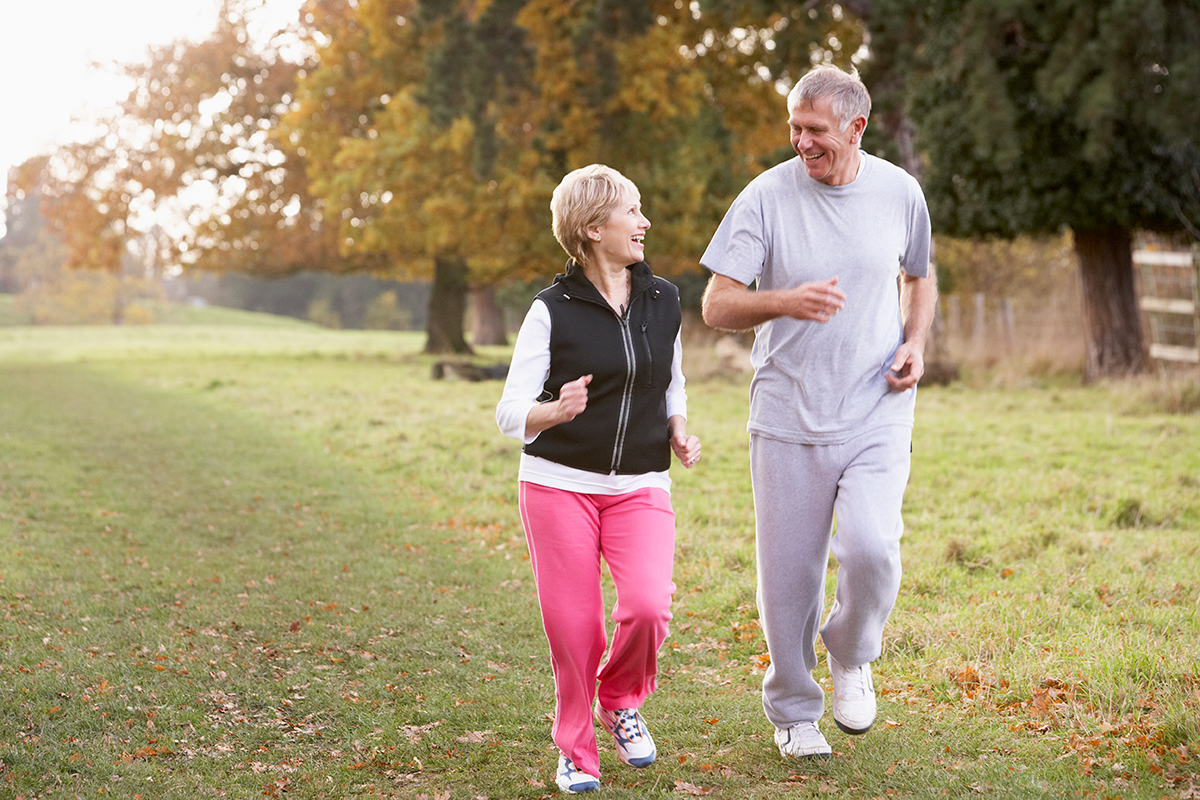Dementia Doesn’t Invalidate Exercise Needs
With careful capability assessment and appropriate program design, exercise regimens can improve walking, balance, and flexibility and reduce falls in patients with dementia.
“Ruth, sit down! Don’t get up on your own.”
Who is that? Why is she yelling at me? I need to get up. My legs are stiff and I want to go for a walk.
“Ruth, stop getting up. You’re going to fall.”
Stop yelling at me. Who are these people? I feel so anxious. All I want to do is go for a walk. Why can’t I just go for a walk? I have walked by myself my whole life.
In working with older adults, many of us have witnessed circumstances similar to this. Often staff wish to maintain the safety and security of individuals living with dementia by limiting their independent mobility and ambulation. But are we truly protecting these individuals who are at risk? What are the ramifications of our actions? Movement and mobility are important foundations to maintaining strength, balance, flexibility, and continence; reducing anxiety and depression; and maintaining social relationships.
To this point, the positive impact of exercise in older adults is well documented in the literature. Exercise programs have been found to result in more favorable physical, social, and emotional health status and fewer activities of daily living impairments in the elderly.(1) These optimistic results provide support for older adults’ exercise groups to improve quality of life and reduce the burden of care for at-risk populations, including those with dementia.
While many focus on the cognitive effects of dementia, the physical aspects are also pronounced. Frequently noted are gait changes including a decrease in step length, step height, and reduction in cadence. These are compounded by balance deficits associated with a reduction in coordination, proprioception, and vision. To further aggravate the situation, the physical effects also can result in expressive and receptive communication deficits. As a result, patients living with dementia can have difficulty communicating these issues, as well as pain.
Effects of Exercise on Individuals With Dementia
Randomized controlled trials of patients with dementia or mild cognitive impairment have indicated improved cognitive scores after six to 12 months of aerobic exercise when compared with a sedentary population.(2) Other benefits associated with aerobic activity include the reduction of osteoporosis and fracture risk,(3) as well as a reduction in mortality risk.(4) Aerobic activity has also been noted to have other beneficial effects on secondary diagnoses associated with dementia including depression,5 anxiety,6 and behavior management.(7)
While the exact causative reasons for these beneficial outcomes are not fully understood, many studies favor the view that the cerebrovascular benefits exercise has on other body systems can be applied to the neurodegenerative process of dementia. Furthermore, evidence exists that aerobic exercise reduces the progression of the neurodegenerative process through facilitation of neuroprotective factors and neuroplasticity.(8)
The positive effects of exercise have also been found in individuals living with dementia who are already experiencing negative physical outcomes. Toulotte et al studied the effects of physical training on frail patients with dementia with a history of falls.(9) The training group was noted to have improved walking, flexibility, and balance, and a reduction in falls. Furthermore, Huusko et al evaluated the impact with hip fracture patients who also had mild/moderate dementia. Those who received intensive rehab were found to have shorter lengths of hospital stay and greater ability to return to the community than those in the control group.(10)
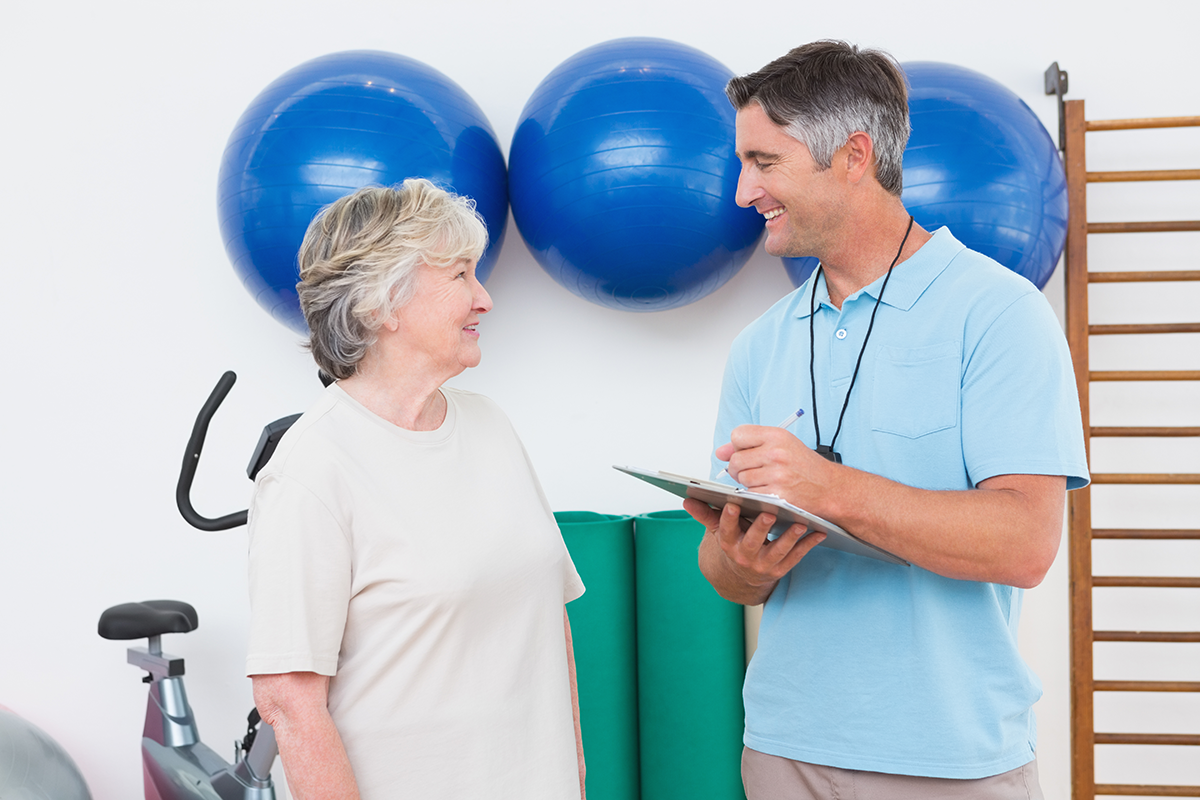
Developing an Exercise Prescription
Regardless of the reasons behind the beneficial effects of exercise on individuals with dementia, it’s necessary to evaluate each patient individually before initiating an exercise program. This includes an interdisciplinary review of an individual’s age, prior exercise involvement, and comorbid medical conditions. Based on the findings, an appropriate exercise program can then be initiated using the American Heart Association’s recommendation of 150 minutes per week of moderately strenuous physical activity.(11) These minutes of exercise can be divided over any number of days per week and with any number of sessions per day. For patient tolerance purposes, these sessions are often kept to between 15 and 30 minutes.
What type of exercise is appropriate for a patient to perform? For individuals with dementia, similar to those without, it is important to focus on their interests. Understanding these interest levels requires investigation. For some patients, this investigation may be complicated by apathy, aggressive behaviors, pain, and communication difficulties.
Depending on the severity of the disease, a focused understanding of a patient’s short- and long-term memory recall is necessary. While older adults without dementia may have a strong recall of their short- and long-term interests, this may not be true of an individual with dementia. Therefore, for those with intact long-term memory, we need to obtain the relevant information. Maybe interests include running, ballroom dancing, bowling, bicycling, gardening, or swimming. If patients can’t physically perform these activities, should we just give up? Of course not. We need to improvise. For example, ballroom dancing may now require walkers, or bicycling may need to be on stationary recumbent bikes with scenery posted around the bicycle.
Case Study
Ms. T is a 53-year-old female who presented to the Hebrew Home at Riverdale skilled nursing facility with a diagnosis including vascular dementia. Prior to initiating a therapy-based warm water program, Ms. T required intermittent assistance walking with a rollator. Her cognition was limited to the point that she could not participate in interviews on the Minimum Data Set (MDS). Despite significant staff efforts to minimize any emotional or environmental disturbances, she experienced periods of agitation. She completed a standardized assessment of her mobility, utilizing the Timed Up and Go (TUG) assessment, completing it in 32 seconds.
At that time, a land- and water-based exercise program with a three-days-per-week frequency was initiated with a physical therapist and dance movement therapist. The hypothesis behind this program was that through the use of multiple therapeutic modalities, gains in strength, balance, cognition, emotional support, and socialization would be achieved. Strength, balance, and functional tasks including ambulation with buoyancy in multiple planes, rotational activities, plyometrics, and resistive activities were implemented. For cognition, behavioral management, and emotional support purposes, music, singing, mental imagery, and floatation were incorporated into individual sessions.
After two months of participating in this innovative program, Ms. T was walking independently without an assistive device. She had also demonstrated an improvement in TUG assessment, completing the test in 10 fewer seconds. Additionally, Ms. T was noted to have experienced an improvement in her cognition, as she was now able to participate in interviews for the MDS. Most meaningful was that Ms. T rediscovered her smile. Tenaya Cowsill, MS, R-DMT, LCAT-P, reported that “this program has been an incredibly meaningful source of joy, autonomy, and pride” for Ms. T.
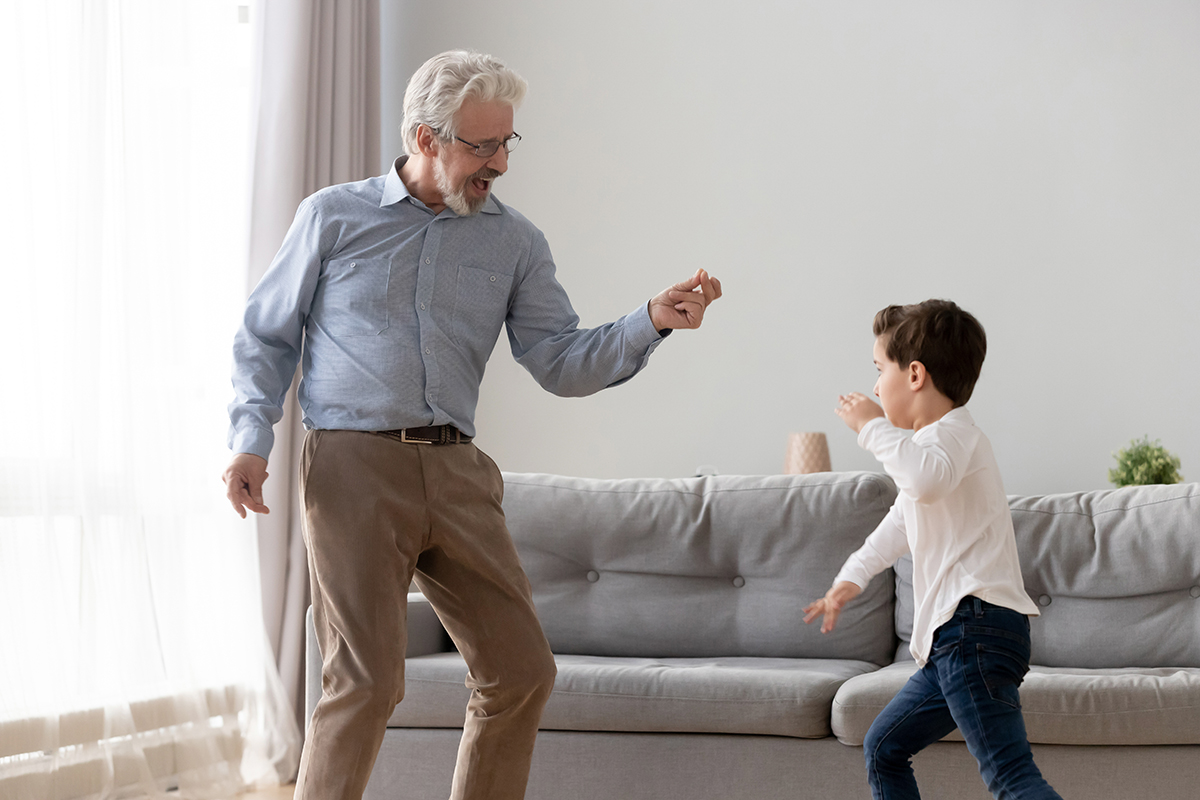
The Power of Dance
Dance/movement therapy (DMT) is an evidence-based movement approach to psychosocial health and well-being. The American Dance Therapy Association defines DMT as “the psychotherapeutic use of movement to further the emotional, cognitive, physical, and social integration of the individual.”(12) Therapists are board-certified licensed mental health professionals who use movement as a tool to explore, support, and strengthen clients’ emotional needs and coping mechanisms.
DMT can result in both positive physical and emotional outcomes, including a “sense of community, decreasing the experience of emotional isolation, and enriched relational interaction.”(13) Because this modality comprises both verbal and nonverbal interventions, it is especially appropriate for older adults with memory loss who are affected by the expressive and receptive communication difficulties.
The American Dance Therapy Association describes the emotional benefits and processes in treatment for older adults. “Individuals’ capacities and incapacities are explored, and accompanying feelings are expressed. Mourning, frustration, joy, and laughter can be ritualized in group movement, allowing for emotional release and group bonding.”(14)
The physical benefits of exercise and movement have been detailed in previous sections of this article. DMT, which places a focus on mental and emotional health, provides additional benefits as its holistic process includes “physical activity or exercise [and also] … learning, attention, memory, emotion, rhythmic motor coordination, balance, gait, visuospatial ability, acoustic stimulation, imagination, improvisation, and social interaction.”(15)
Older adults, especially those living with memory loss, may struggle with coordinated movement due to changes in brain functioning. Dance therapy welcomes all levels of functioning, encouraging engagement from an individual’s baseline, wherever that may be.
The creative, fluid, psychodynamic process allows for relatedness and engagement with multiple levels of functioning. A primary practice of a dance/movement therapist is one of embodied mirroring defined as the “somatic attunement of the therapist in face-to-face engaged interaction,”(13) which physically communicates to individuals living with memory loss that they are seen and understood. In a time when communication is often impaired, embodied mirroring provides an important tool for validating a patient’s experience.(15) As clinician Kalila B. Homann, MA, LPC-S, BC-DMT, wrote, “Mirroring is practiced by the therapist in DMT as a way to enhance emotional resonance between a therapist and patient … when a therapist mirrors the client’s emotional movements, the therapist is communicating this understanding and acceptance nonverbally.”
On a neurological level this intervention activates the brain’s mirror neuron system. From the neuroscience lens, mirror neurons are thought to be the determining factor in our capacity for empathy and interrelatedness.(13,16) This neurophysiological process “coordinates auditory and visual perception of nonverbal communication by tracking movement and expression in others—replicating the patterns of activation in the brain of the observer.” A resident with memory loss thus experiences validation on a neurobiological level. In dementia, because of the changes in communication that often occur due to brain deterioration, the benefits of emotional attunement from a therapist cannot be overstated. This need for witnessing and validation is a basic human need that does not change with dementia.
Case Study
Ms. M was a 92-year-old woman living in a skilled nursing neighborhood at the Hebrew Home at Riverdale. She carried a diagnosis of mild memory impairment and was a vibrant and active member of the community. She expressed and demonstrated a love for music. She would ambulate throughout the home with her walker, attending a wide variety of programs and actively socializing.
After suffering a stroke, her life shifted. She became reliant on a wheelchair for mobility, and her speech, gait, balance, and cognition were all impaired. This medical event also triggered an exacerbation of major depression, something she had lived with throughout her life. Through working with the rehabilitation team, she demonstrated improvements in functioning; however, major depression remained an impediment to treatment. As her therapy was reaching completion, she was transitioned via a warm handoff to DMT twice weekly from her wheelchair.
During group sessions, she presented with bright affect and eye contact, which was supported and validated by the therapist facilitating the group. In the therapeutic group space, Ms. M was able to both verbally and nonverbally express her grief and frustration with her condition. She spoke about her depression and was able to verbally and physically process her feelings through creative expression within the therapeutic alliance. Ms. M was able to “engage physiological processes related to emotion and make them more available to the conscious mind,” as Homann’s writings suggest. Through increased awareness Ms. M was able to more fully process and express her depressive symptoms, enabling her to further her treatment.
As dance therapy progressed, Ms. M began to increase her interpersonal relatedness, making eye contact with peers, sharing memories and physical gestures of connection. Ali Schechter, LCAT, R-DMT, her dance/movement therapist, states: “[Ms. M’s] movement generates vitality which results in expression.” Through the therapeutic alliance, this expression was validated, supporting Ms. M’s improved mood state.
As her mood state improved through DMT, Ms. M expressed the desire to begin standing and walking again. In addition to mood state support, DMT focused on movement of the spine, core, and hips, aiding in body strengthening for standing. The interdisciplinary team referred her for further physical therapy, and she began standing and, at times, walking with her walker for short periods. She continues to be an active participant in DMT sessions.
Blending Therapy Modalities
Maintaining and improving fitness and well-being remains an important evidence-based practice in our society. This is further magnified for older adults, especially those living with dementia. While the benefits of fitness programs remain the same for this population, the prescription for achievement may require a blended approach. Therapies, inclusive of physical and dance/movement, share many common strengths and goals. Therefore, the ability of these modalities to partner provides opportunities for improved mental, physical, and emotional health. The goal in all treatment is the well-being of residents, and care teams should use interdisciplinary tools and modalities toward that goal.
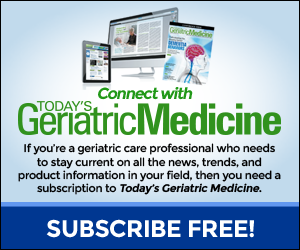 Get a Free Subscription to Today’s Geriatric Medicine
Get a Free Subscription to Today’s Geriatric Medicine
This article was featured in Today’s Geriatric Medicine.
Today’s Geriatric Medicine is a bimonthly trade publication offering news and insights for professionals in elder care.
Get a Free Subscription to Today’s Geriatric Medicine
This article was featured in the March/April 2018 issue of Today’s Geriatric Medicine (Vol. 11 No. 2 P. 14). Written by David Siegelman and Mary Farkas.
David Siegelman, PT, RAC-CT, is the vice president of rehabilitation at the Hebrew Home at Riverdale in Bronx, New York. In this role he oversees the operation of the short-term rehabilitation units, clinical documentation and reimbursement department, and rehabilitation department. Having entered the field as a physical therapist, he has demonstrated expertise in clinical and systems management in acute care hospitals and skilled nursing facilities over the past 20 years.
Mary Farkas, RDT, LCAT, CDP, is the director of therapeutic arts and enrichment programs at the Hebrew Home at Riverdale. She is a licensed creative arts therapist who specializes in the intersection of dementia, end-of-life care, and mental health.
References
- Hamar B, Coberley CR, Pope JE, Rula EY. Impact of a senior fitness program on measures of physical and emotional health and functioning. Popul Health Manag. 2013;16(6):364-372.
- Smith PJ, Blumenthal JA, Hoffman BM, et al. Aerobic exercise and neurocognitive performance: a meta-analytic review of randomized controlled trials. Psychosom Med. 2010;72(3):239-252.
- Rizzoli R, Bruyere O, Cannata-Andia JB, et al. Management of osteoporosis in the elderly. Curr Med Res Opin. 2009;25(10):2373-2387.
- Lee DC, Artero EG, Sui X, Blair SN. Mortality trends in the general population: the importance of cardiorespiratory fitness. J Psychopharmacol. 2010;24(4 Suppl):27-35.
- Conn VS. Depressive symptom outcomes of physical activity interventions: meta-analysis findings. Ann Behav Med. 2010;39(2):128-138.
- Dunn AL. Review: exercise programmes reduce anxiety symptoms in sedentary patients with chronic illnesses. Evid Based Ment Health. 2010;13(3):95.
- Teri L, Gibbons LE, McCurry SM, et al. Exercise plus behavioral management in patients with Alzheimer disease: a randomized controlled trial. JAMA. 2003;290(15):2015-2022.
- Ahlskog JE, Geda YE, Graff-Radford NR, Petersen RC. Physical exercise as a preventive or disease-modifying treatment of dementia and brain aging. Mayo Clin Proc. 2011;86(9):876-884.
- Toulotte C, Fabre C, Dangremont B, Lensel G, Thévenon A. Effects of physical training on the physical capacity of frail, demented patients with a history of falling: a randomised controlled trial. Age Aging. 2003;32(1):67-73.
- Huusko T, Karppi P, Avikainen V, Kautiainen H, Sulkava R. Randomised, clinically controlled trial of intensive geriatric rehabilitation in patients with hip fracture: subgroup analysis of patients with dementia. BMJ. 2000;321(7269):1107-1111.
- Nelson ME, Rejeski WT, Blair SN, et al. Physical activity and public health in older adults: recommendation from the American College of Sports Medicine and the American Heart Association. Circulation. 2007;116(9):1094-1105.
- What is dance/movement therapy? American Dance Therapy Association website. https://adta.org/. Retrieved January 7, 2018.
- Homann KB. Embodied concepts of neurobiology in dance/movement therapy practice. Am J Dance Ther. 2010;32(2):80-99.
- American Dance Therapy Association. Dance/movement therapy & the older adult. https://adta.org/wp-content/uploads/2015/12/DMT-with-the-Elderly.pdf. Accessed January 7, 2018.
- Kshytriya S, Barnstaple R, Rabinovich DB, DeSouza JFX. Dance and aging: a critical review of findings in neuroscience. Am J Dance Ther. 2015;37(2):81-112.
- Iacoboni M. Mirroring People: The New Science of How We Connect With Others. New York, NY: Farrar, Strauss and Giroux; 2008.

